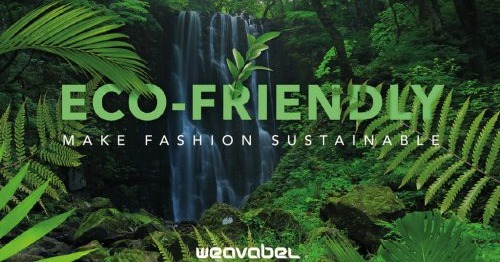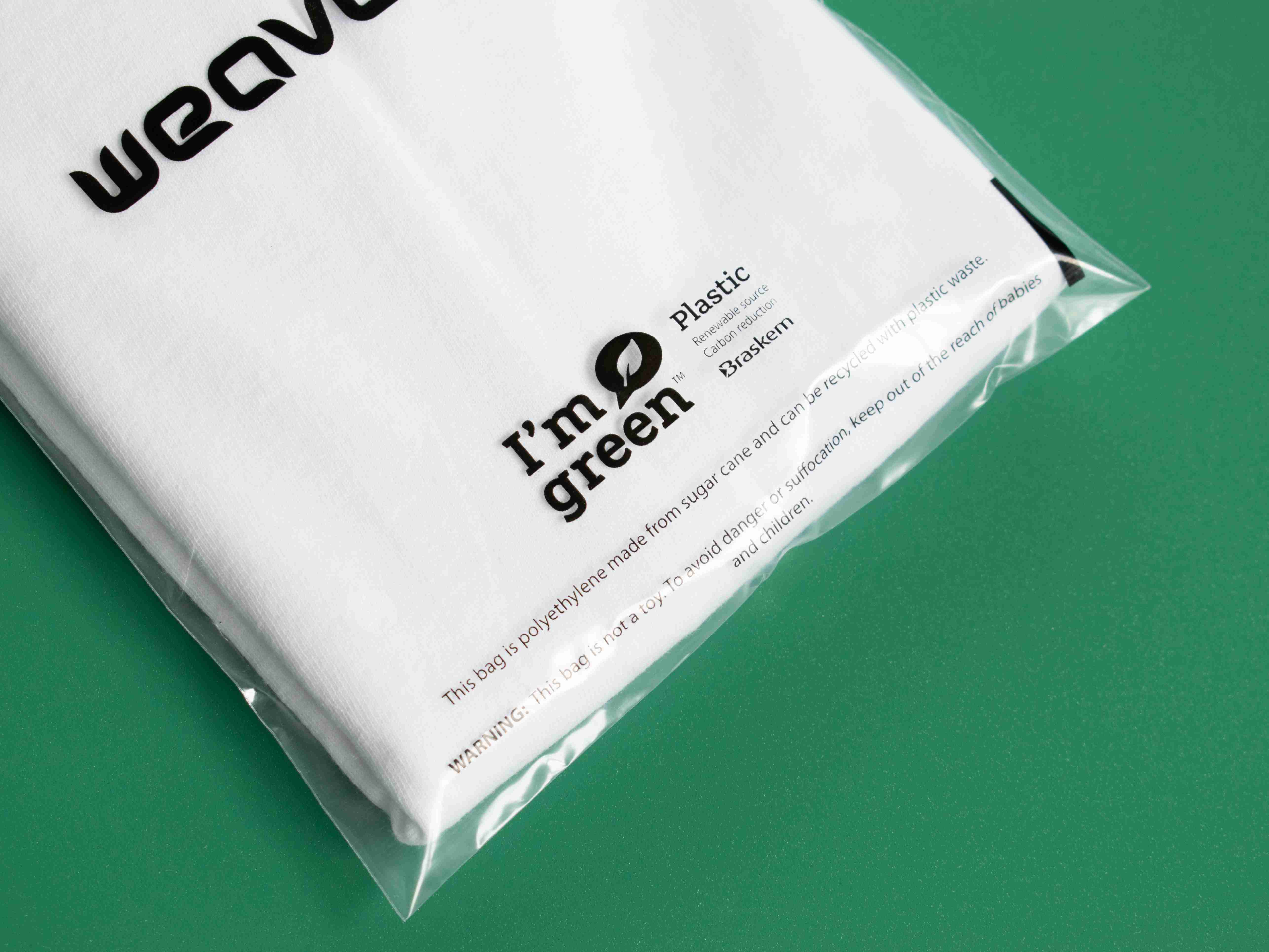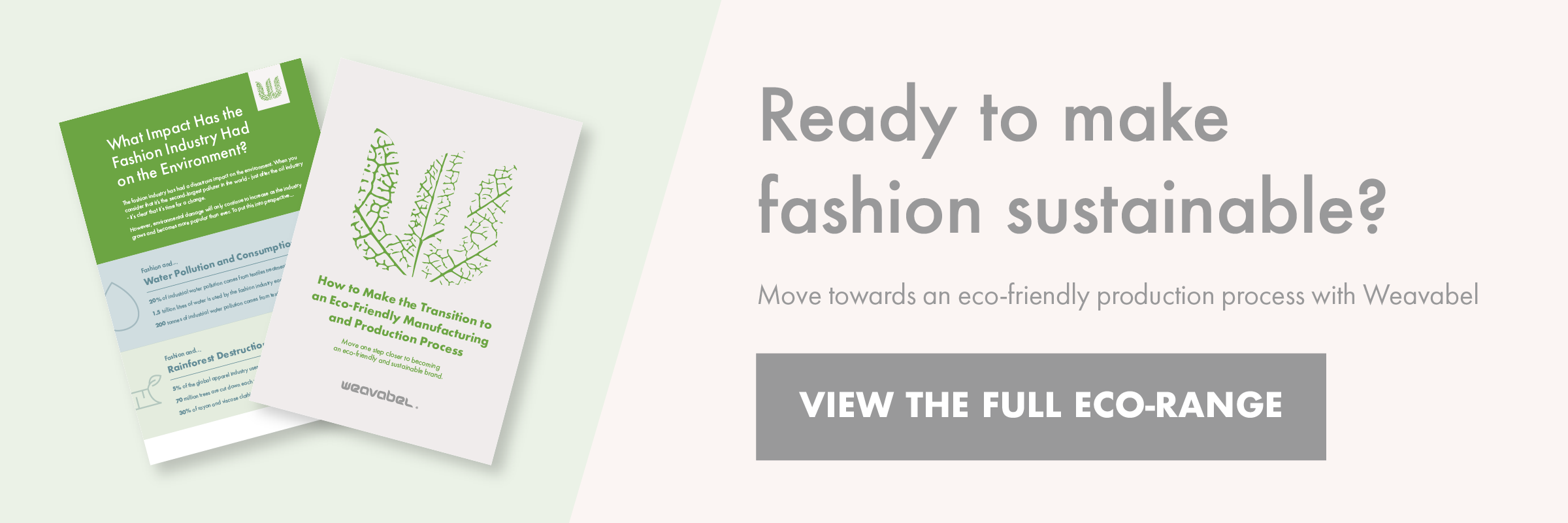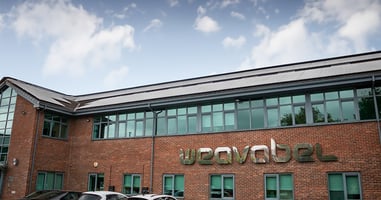How Can Fashion be Sustainable? How Far Off Are We?
The fashion industry is the second biggest polluter in the world. So how can fashion be sustainable? Find out if it can and the steps you can take.

The world of fashion revolves around the latest trends to meet consumer demand. Although, the only trend that should matter is reducing the consumption in fashion so that our planet can survive. The truth is, we can’t keep using resources the way we are because we won’t have those resources left.
So, can fashion be sustainable? Even if it won’t be 100%, we can still make great strides to get as close as possible.
The Impact of Fashion on the Environment
The impact fashion has had on the environment has been disastrous. When you consider that it’s the second-largest polluter in the world - just after the oil industry - it’s clear that it’s time for a change.
The problem? The bigger the fashion industry becomes, the more damage is caused.
The fashion industry produces 20% of global wastewater and 10% of global carbon emissions. To put this into perspective, this is more than all international flights and maritime shipping. Then there’s the case of textile dyeing, which is the second-largest polluter of water on a global scale, and the fact that it takes around 2,000 gallons of water to make a typical pair of jeans.
Every second, the equivalent of one bin lorry’s worth of textiles is either landfilled or burned. If nothing changes by 2050, the fashion industry will use up a quarter of the world’s carbon budget.
But there’s so much more that’s flying under the radar in terms or the impact fashion is having.
- 1.5 trillion litres of water is used by the fashion industry each year.
- 70 million trees are cut down each year to make garments.
- 23kg of greenhouse gases are generated for each kilo of fabric produced.
- 19,000 tonnes of textile microplastic fibres end up in our oceans each year.
- 93% of the world’s soil degradation is caused by overgrazing, agriculture and deforestation.
- 5.2% of the waste in our landfills are textiles.
- 23% of all chemicals produced worldwide are used just for the textile industry.
All of this is contributing to climate change. Over 100 billion products are leaving factories each year with many of them made from synthetic materials. These take hundreds of years to biodegrade. Sadly, the fashion industry doesn’t have hundreds of years to address the sustainable issue in fashion.
How Far Off Are We?
Although there’s no real ‘end date’ as to when the fashion industry is aiming to become entirely sustainable, brands are creating more initiatives where possible. The fact is, the industry will probably never be 100% eco-friendly, but as the demand for sustainable garments increases, so do the methods and processes of catering to that demand.
You only need to look at some of the products that are now being used compared to the past. Materials like cornstarch, recycled leather and recycled polyester are all proving to be more eco-friendly alternatives compared to the way these materials were produced in the past.
Fashion brands aren’t blind to the environmental impact. Many of them - which we’ll highlight in the next section - understand that cotton is bad and they know that microfibres are poisoning the oceans.
While there’s no overnight fix, methods like using materials that are better for the environment is a good first step.
So What's hindering us?
Some of the reasons that are stopping the fashion industry from becoming truly environmentally friendly include:
- The consumer demand is very high as people are still buying more and more clothing. Since 2012, there’s been a 10% increase in the amount of clothing purchased in the UK alone. Plus, it’s estimated that there’s over £30 billion worth of clothing sitting in wardrobes that haven’t been worn in over 12 months.
- Not all clothing can be recycled. In 2016 alone, 300,000 tonnes of clothing was discarded in the UK.
- The current manufacturing processes aren’t usually very eco-friendly. Although more brands are beginning to adopt more sustainable methods, it’ll be a while before this is ever fully rolled out.
- The existing manufacturing methods are too slow to cope with rapidly evolving trends. We’re not at a stage yet where the eco-friendly manufacturing processes can cope with the fast-paced demands of the fashion industry.
Some brands have recently announced that they’re aiming to become 100% circular by 2030, reducing waste where they can. It means they’re focusing on eliminating waste and the continual use of resources.
Despite the importance that’s finally being put on sustainability, even pioneers of environmental friendliness like Stella McCartney has admitted that her brand can’t be 100% sustainable just yet.
How Brands Are Becoming Sustainable
Becoming sustainable and creating initiatives aren’t just words. Here are some examples to show how seriously brands are taking this and why with more of a focus on sustainability, we could be heading in the right direction.
- Adidas: working with Parley to collect ocean plastics, Adidas plans to produce 11 million pairs of shoes made from this material.
- Stella McCartney: uses eco-friendly materials like recycled polyester, organic cotton and regenerated cashmere.
- Patagonia: the cotton is certified organic by the Global Organic Textile Standard (GOTS) and 56% of their fabrics are bluesign certified.
- Gucci: removed the plastic laminated surfaces in packaging and replaced with beater dyed paper which is sourced from FSC certified forests.
- Armani: the brand purchases products made from virgin fibres which are FSC certified. Armani also promotes the use of water-based ink and has abolished lamination.
- G-Star RAW: the brand uses many sustainable materials with the goal being to use 100% sustainable cotton by 2020.
These are just some of the many examples of big brands becoming more sustainable. It’s the perfect place for smaller, up-and-coming brands to turn to for inspiration. It can even start as small as creating a new eco-friendly range to promote new products and show that you’re doing your part.
These smaller steps are what will help reach the end goal of at least attempting to make the fashion industry as sustainable as possible. To help you get started with that, we’ve created a guide on how you can finally make the transition to an eco-friendly manufacturing and production process.
Make Your Transition to an Eco-Friendly Manufacturing Process Today
In the guide, we’ve covered lots of useful information to help you get started. You’ll find consumer trends, even more statistics about the fashion industry and why it’s important to make the switch and much more.
You’ll also find more inspiration from brands and how they’ve adopted green initiatives. To get your free copy, click on the link below.









